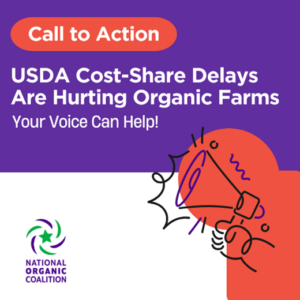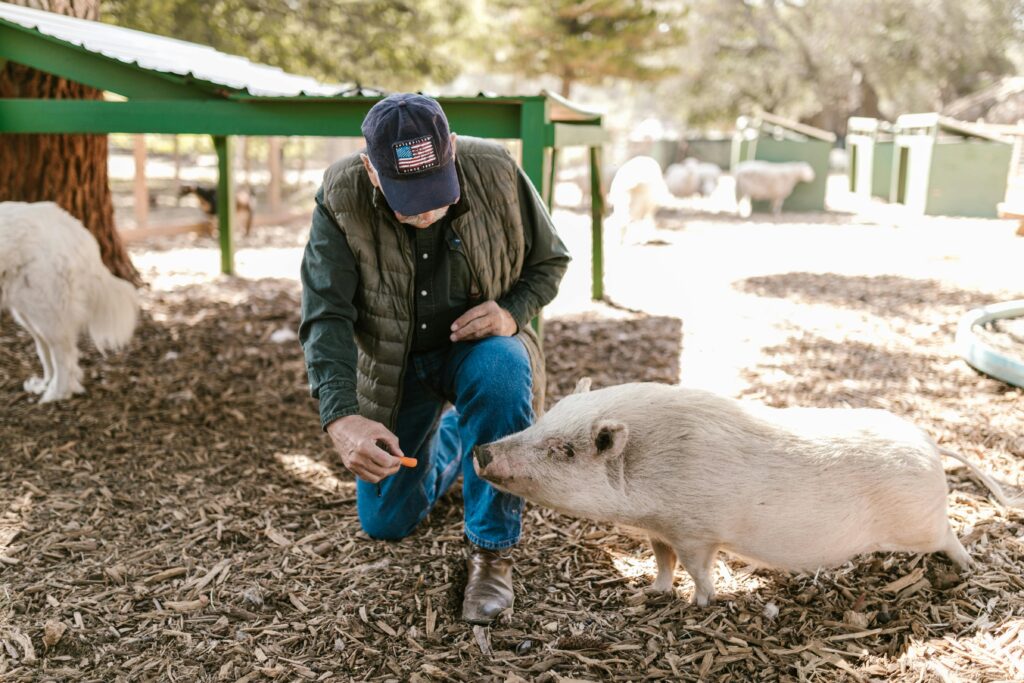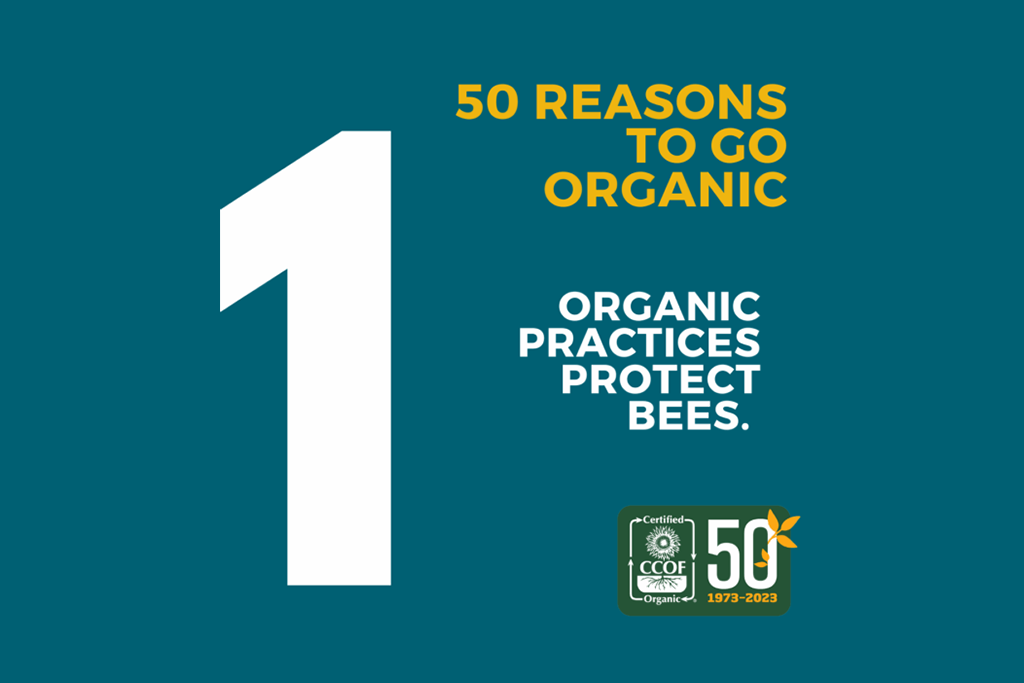Written by: National Organic Coalition

Organic farms still haven’t received their 2025 certification cost-share reimbursements, despite Congress authorizing the funds. These delays are putting financial pressure on organic operations and threatening the viability of small and midsize farms. Congress has already done its part by providing funding. Now USDA must deliver the support farmers are counting on.
📢TAKE ACTION: Email USDA Under Secretary Richard Fordyce and FSA Administrator Bill Beam and your Members of Congress today!
Why action is needed
- The National Organic Certification Cost Share Program (NOCCSP) helps defray certification expenses for organic farms and businesses.
- Certification costs have risen sharply due to inflation and enhanced fraud-prevention measures.
- Without timely reimbursement, farms may delay renewal, scale back operations, or exit organic entirely.
- This undermines the Administration’s goals of strengthening small farms, increasing U.S. organic production, and providing access to healthy food.
Send a message to USDA
Send a message to YOUR MEMBERS OF CONGRESS


